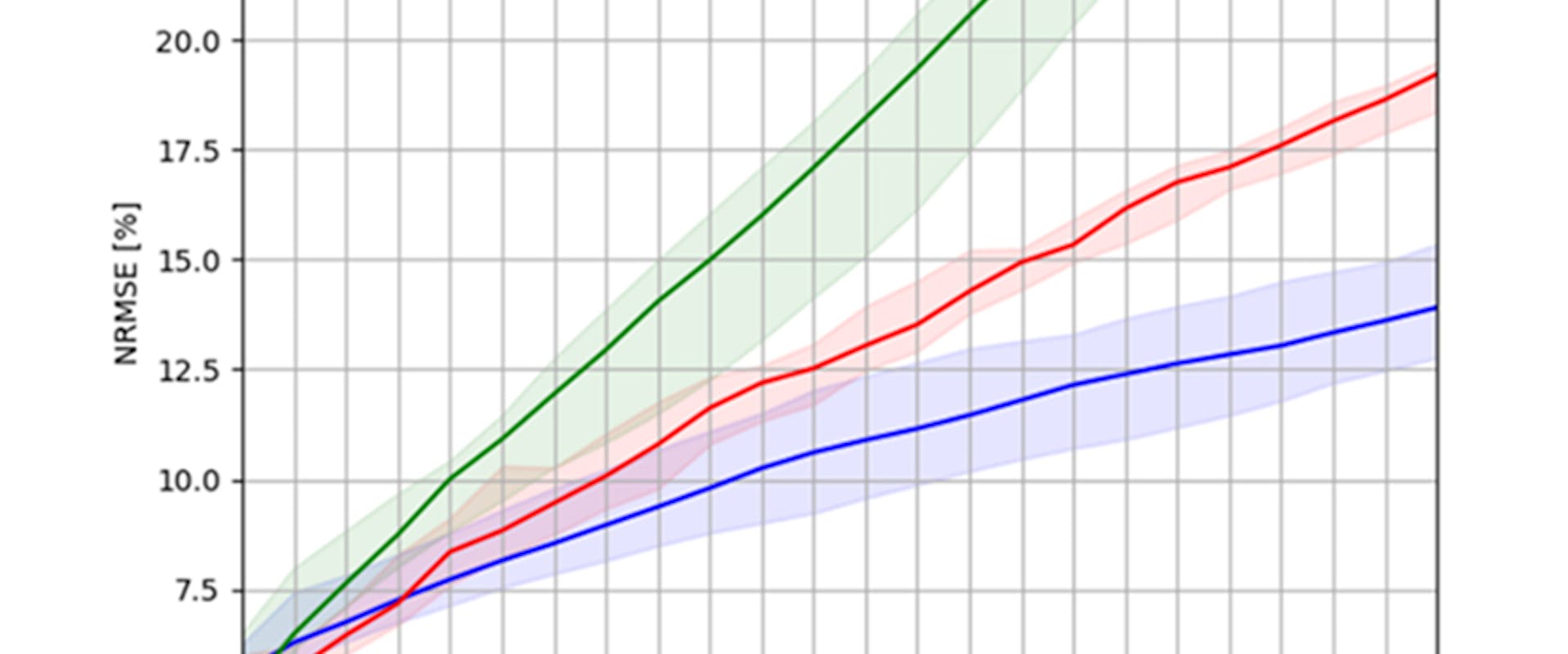March 29, 2022
2022 Swiss PV Symposium: Best Poster Award
“Best Practice-Oriented Poster” goes to CSEM and Meteotest, for their work understanding the performance of data-driven and weather-based PV forecasting techniques.

“Best Practice-Oriented Poster” goes to CSEM and Meteotest, for their work understanding the performance of data-driven and weather-based PV forecasting techniques.
